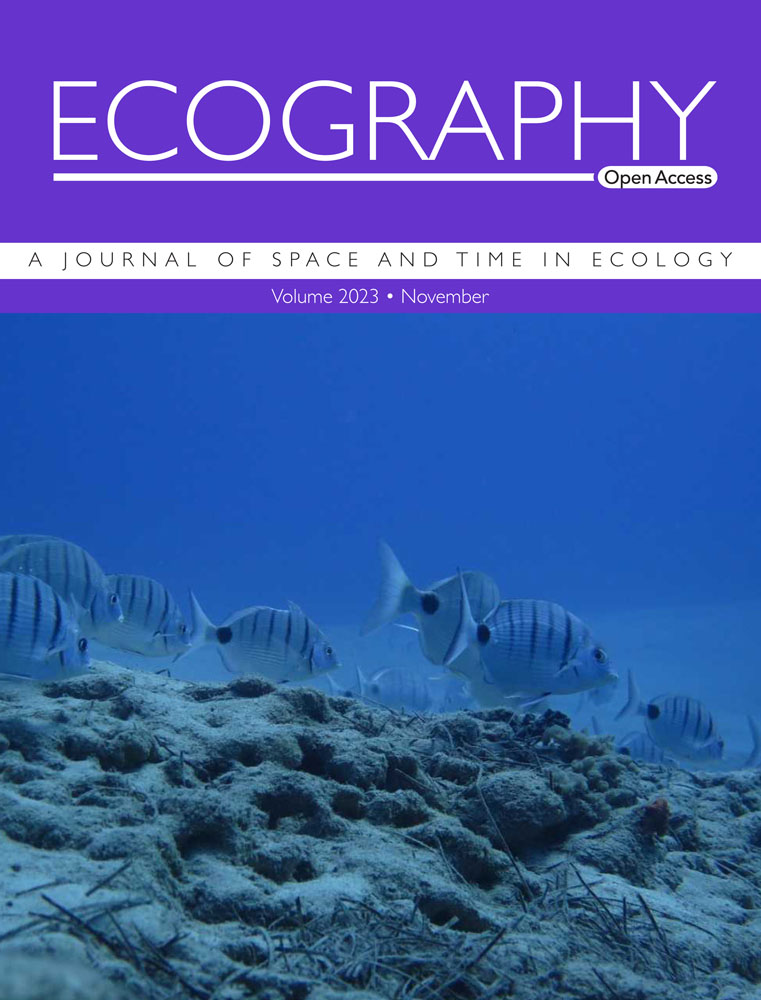Generation length of the world's amphibians and reptiles
IF 5.4
1区 环境科学与生态学
Q1 BIODIVERSITY CONSERVATION
引用次数: 0
Abstract
Variation in life histories influences demographic processes, from adaptive changes to population declines leading to extinction. Among life history traits, generation length offers a critical feature to forecast species' demographic trajectories such as population declines (widely used by the IUCN Red List) and adaptability to environmental change over time. Therefore, estimates of generation length are crucial to monitor demographic stability or predict future changes in highly threatened organisms, particularly amphibians and reptiles, which are particularly threatened among vertebrates and for which uncertainty in future impacts remains high. Despite its importance, generation length for amphibians and reptiles is largely missing. Here, we aim to fill in this gap by modeling generation lengths for amphibians, squamates and testudines as a function of species size, climate, life history and phylogeny using generalized additive models and phylogenetic generalized least squares. We estimated generation lengths for 5059 (57%) amphibians, 8722 (73%) squamates and 117 (32%) testudines. Our models performed well for most families (e.g. Bufonidae among amphibians, Lacertidae and Colubridae among squamates, and Geoemydidae among testudines) while we found high uncertainty around the prediction of a few families, notably Chamaeleonidae. Species' body size and mean temperature were the main predictors of generation length in all groups. Although our estimates are not meant to substitute robust and validated measurements from field studies or natural history museums, they can help reduce existing biases in conservation assessments until field data is comprehensively available.求助全文
约1分钟内获得全文
求助全文
来源期刊

Ecography
环境科学-生态学
CiteScore
11.60
自引率
3.40%
发文量
122
审稿时长
8-16 weeks
期刊介绍:
ECOGRAPHY publishes exciting, novel, and important articles that significantly advance understanding of ecological or biodiversity patterns in space or time. Papers focusing on conservation or restoration are welcomed, provided they are anchored in ecological theory and convey a general message that goes beyond a single case study. We encourage papers that seek advancing the field through the development and testing of theory or methodology, or by proposing new tools for analysis or interpretation of ecological phenomena. Manuscripts are expected to address general principles in ecology, though they may do so using a specific model system if they adequately frame the problem relative to a generalized ecological question or problem.
Purely descriptive papers are considered only if breaking new ground and/or describing patterns seldom explored. Studies focused on a single species or single location are generally discouraged unless they make a significant contribution to advancing general theory or understanding of biodiversity patterns and processes. Manuscripts merely confirming or marginally extending results of previous work are unlikely to be considered in Ecography.
Papers are judged by virtue of their originality, appeal to general interest, and their contribution to new developments in studies of spatial and temporal ecological patterns. There are no biases with regard to taxon, biome, or biogeographical area.
 求助内容:
求助内容: 应助结果提醒方式:
应助结果提醒方式:


